From the Birth of Stars to the Evolution of Life: The Incredible Story of Our Planet
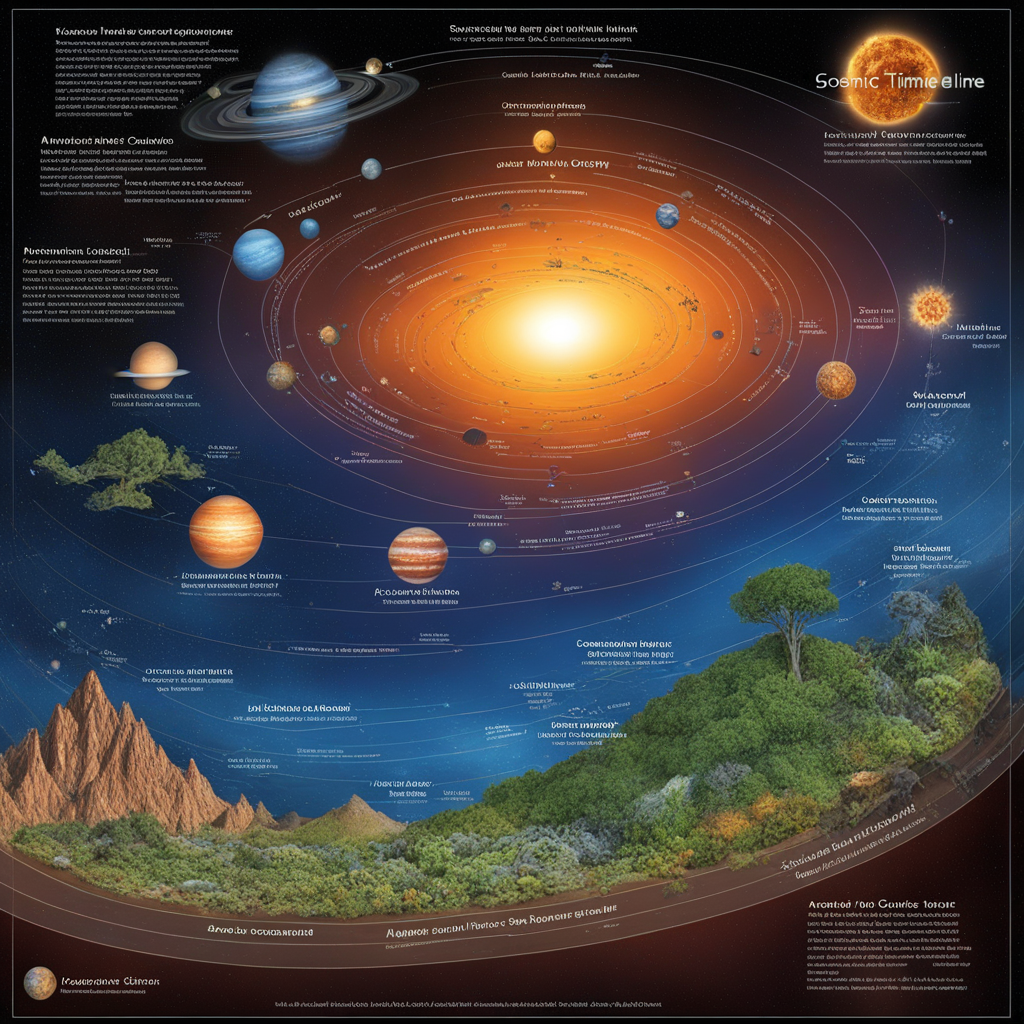
Introduction:
Join us on a captivating journey through the birth of our planet, its evolution, and the impact of human actions, as we explore the wonders of the Earth.
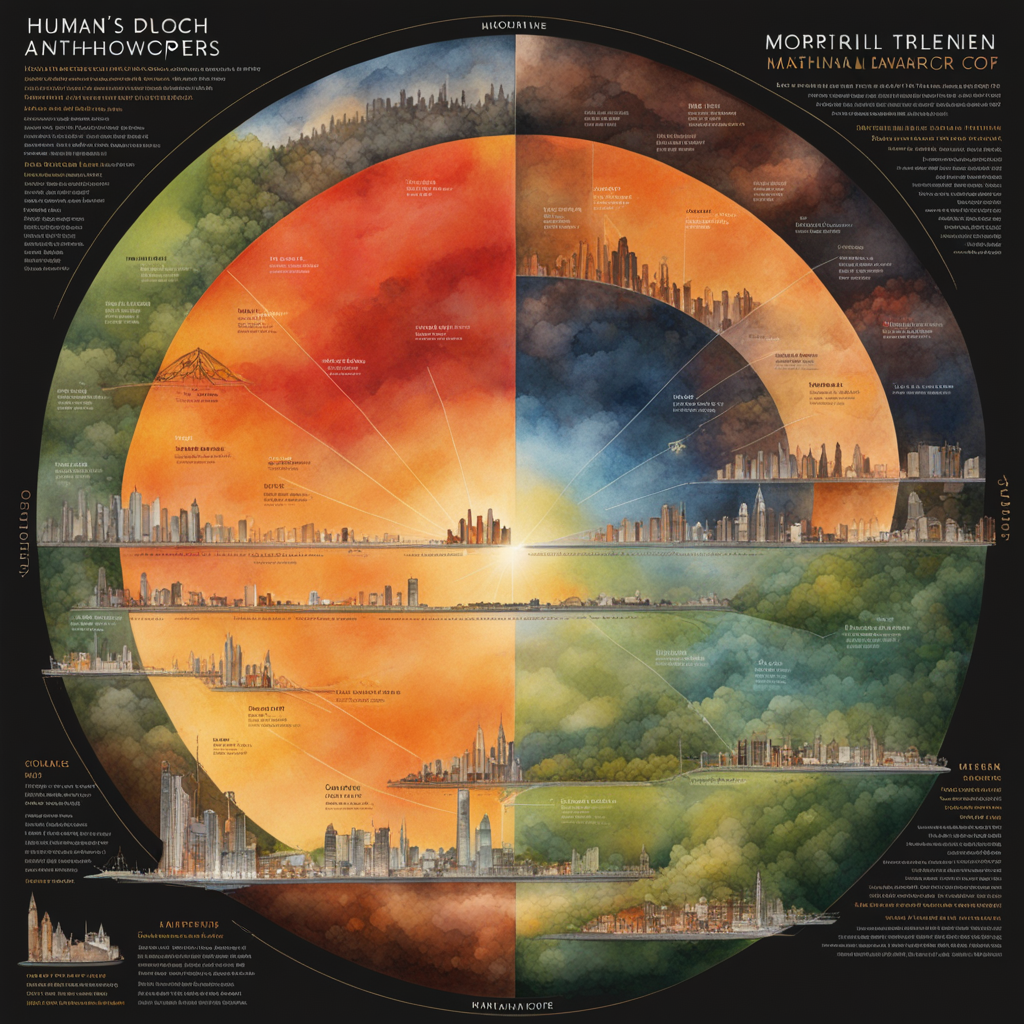
The Birth of Our Planet
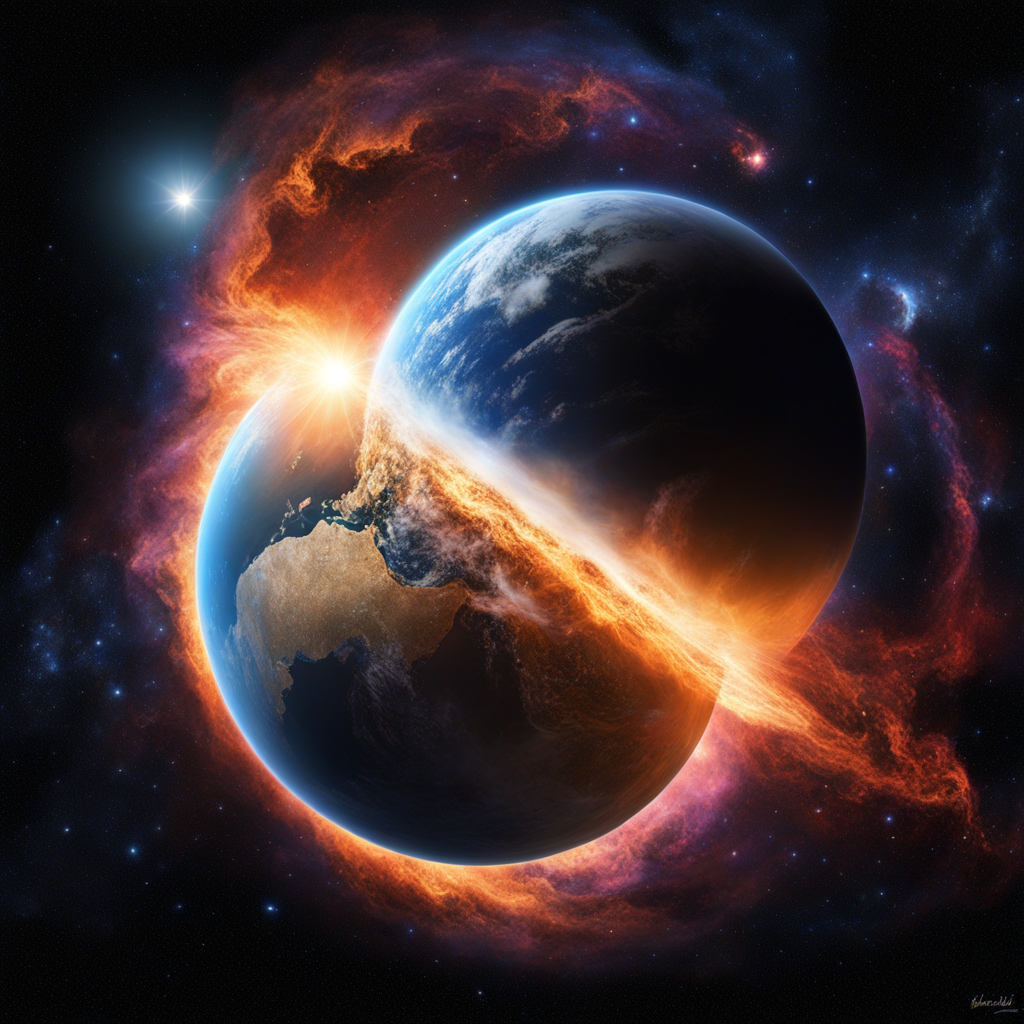
Earth, our cherished abode, stands as a magnificent synthesis of an array of landscapes, teeming with an abundance of water bodies and life-nurturing atmospheres. This celestial body, positioned as the third from the Sun within our solar system, presents an intricate tapestry of natural wonders. It boasts an awe-inspiring diversity of terrains, embracing towering mountains, sprawling plains, arid deserts, and lush forests.
Embarking on a journey to understand Earth’s narrative unveils a spectacle shaped by the dance of its rotation and revolution around the life-giving Sun. This cosmic choreography orchestrates the enthralling phenomena of day and night, the rhythmic cycle guiding life’s activities, and the mesmerizing transition between the various seasons. From the radiant warmth of spring to the bounteous harvests of autumn, the Earth’s orbital motions bestow upon us the gift of experiencing the ever-changing tableau of nature’s artistry.
Through this exploration, we are invited to witness the profound interconnectedness of Earth’s elements—the interplay of land, water, air, and celestial movements—that choreographs the symphony of life on our planet. This saga of Earth’s celestial ballet serves as a testament to the intricate harmony sustaining life and fostering an environment rich in beauty and diversity, inspiring wonder and admiration among all who call it home.
The Formation of Stars and Galaxies
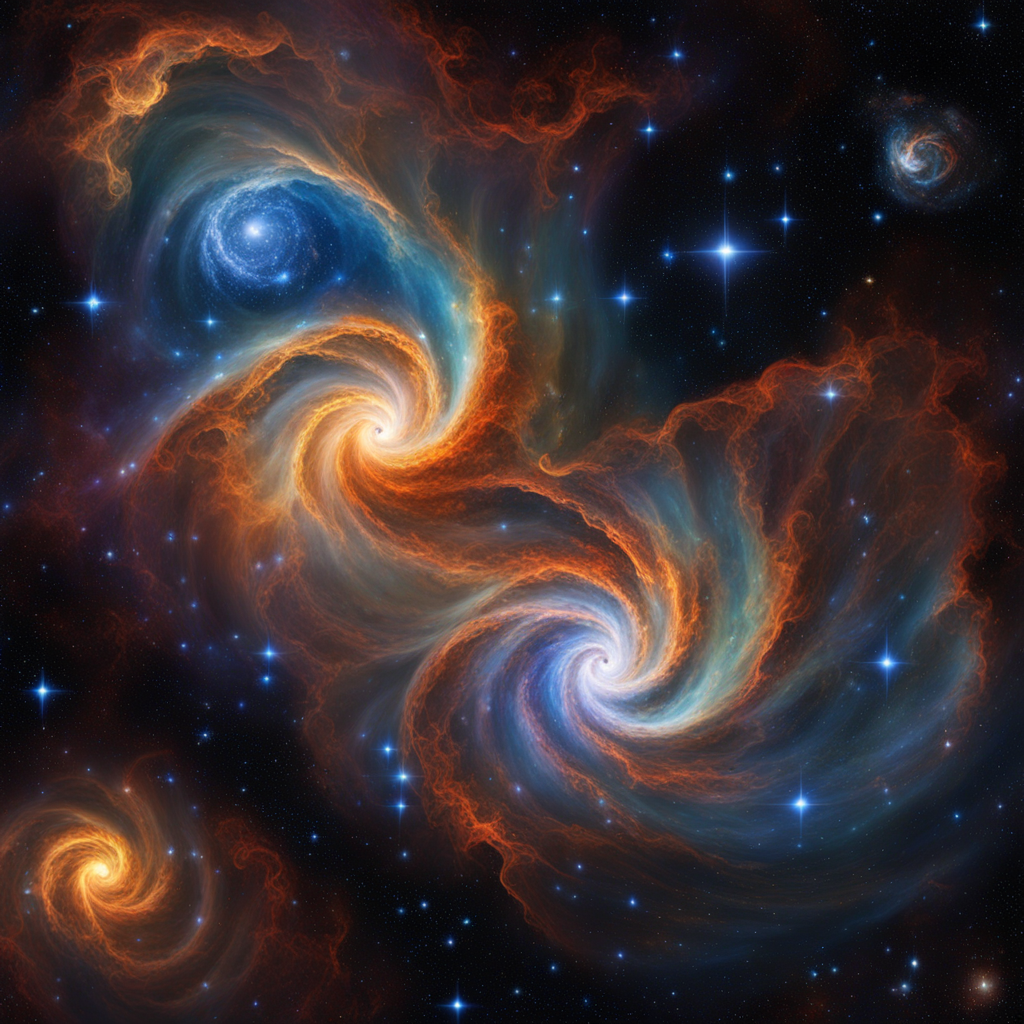
In the chaotic aftermath of the explosive chaos and swirling clouds, following the cataclysmic events of the universe’s birth, the omnipresent force of gravity began its intricate dance. Within this primordial chaos, the very first atom, a seed of creation, emerged, setting in motion a celestial symphony that would eventually give rise to the awe-inspiring phenomena of stars and galaxies.
Throughout cosmic history, celestial bodies collided and merged, releasing colossal energies that forged and fused essential elements. From these monumental cosmic collisions and the fiery fury of volcanic activities, emerged the fundamental building blocks necessary for life’s existence. Elements like carbon, oxygen, nitrogen, and other vital components were birthed in the fiery furnaces of stars, scattered across the cosmos in a grand cosmic dispersal.
This cosmic alchemy, spanning eons, ultimately culminated in the creation of our planet, Earth. As these elemental materials coalesced and settled, shaping the course of planetary evolution, they laid the groundwork for the emergence of life. The tumultuous history of the cosmos, marked by cosmic upheavals and stellar events, played a pivotal role in seeding our world with the essential ingredients needed for the intricate tapestry of life to unfurl.
Through this cosmic narrative of creation and transformation, the Earth became a haven, a cradle where the intricate dance of life would unfold. The interplay of these cosmic forces, the grandeur of celestial collisions, and the fiery genesis of elements have intricately woven the story of our planet’s evolution—a saga spanning billions of years, orchestrating the delicate balance and diverse richness that characterize life on Earth.
The Creation of Oceans and Moon
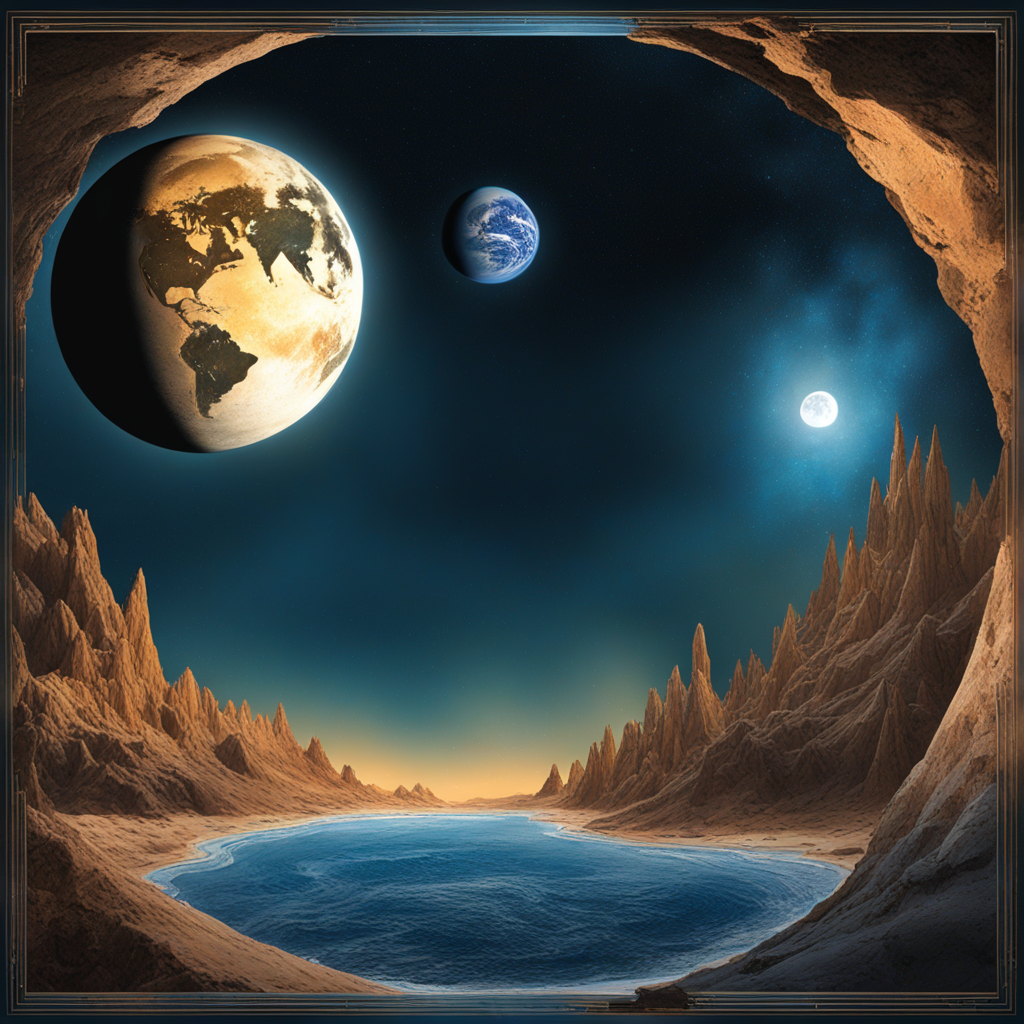
The interplay of cosmic events, particularly the collision of asteroids and the gradual cooling of our planet, has played a pivotal role in shaping the Earth’s landscape and atmosphere. Let’s delve into this captivating narrative to understand the profound impact of these cosmic occurrences on the evolution of our planet.
During the early stages of Earth’s existence, the relentless bombardment of asteroids and celestial bodies was a prevalent phenomenon. These impactful collisions between asteroids and our nascent planet significantly contributed to its geological transformation. The sheer force generated by these collisions not only reshaped the Earth’s surface but also contributed crucial elements and compounds that would later facilitate the emergence of life.
As the Earth gradually cooled over vast stretches of time, the accumulation of water vapor from these collisions and other sources began to condense, giving rise to the formation of oceans. The formation of these vast bodies of water not only altered the planet’s appearance but also played a crucial role in stabilizing the Earth’s climate and nurturing the emergence of early life forms.
Furthermore, the collision between a Mars-sized body and the early Earth is believed to have led to the formation of our Moon. This cataclysmic impact resulted in the ejection of significant amounts of debris into space, which coalesced to form the Moon. The presence of the Moon has had profound effects on Earth’s development, influencing various aspects such as tides, axial stability, and potentially even the evolution of life.
The evolution of Earth’s atmosphere was also influenced by these cosmic events. The release of gases from volcanic activities, as well as the influx of materials from asteroid impacts, contributed to the formation of the early atmosphere. Over time, this atmosphere underwent significant changes, shaping the conditions necessary for life to thrive.
The entwined tale of cosmic collisions, the formation of oceans, and the emergence of the Moon has left an indelible mark on Earth’s history. These cosmic events have not only sculpted the physical landscape but also influenced the development of our planet’s atmosphere and environmental conditions. Understanding this epic saga helps us appreciate the intricate interplay between cosmic forces and the evolution of our home, Earth, as we know it today.
The Evolution of Life on Earth
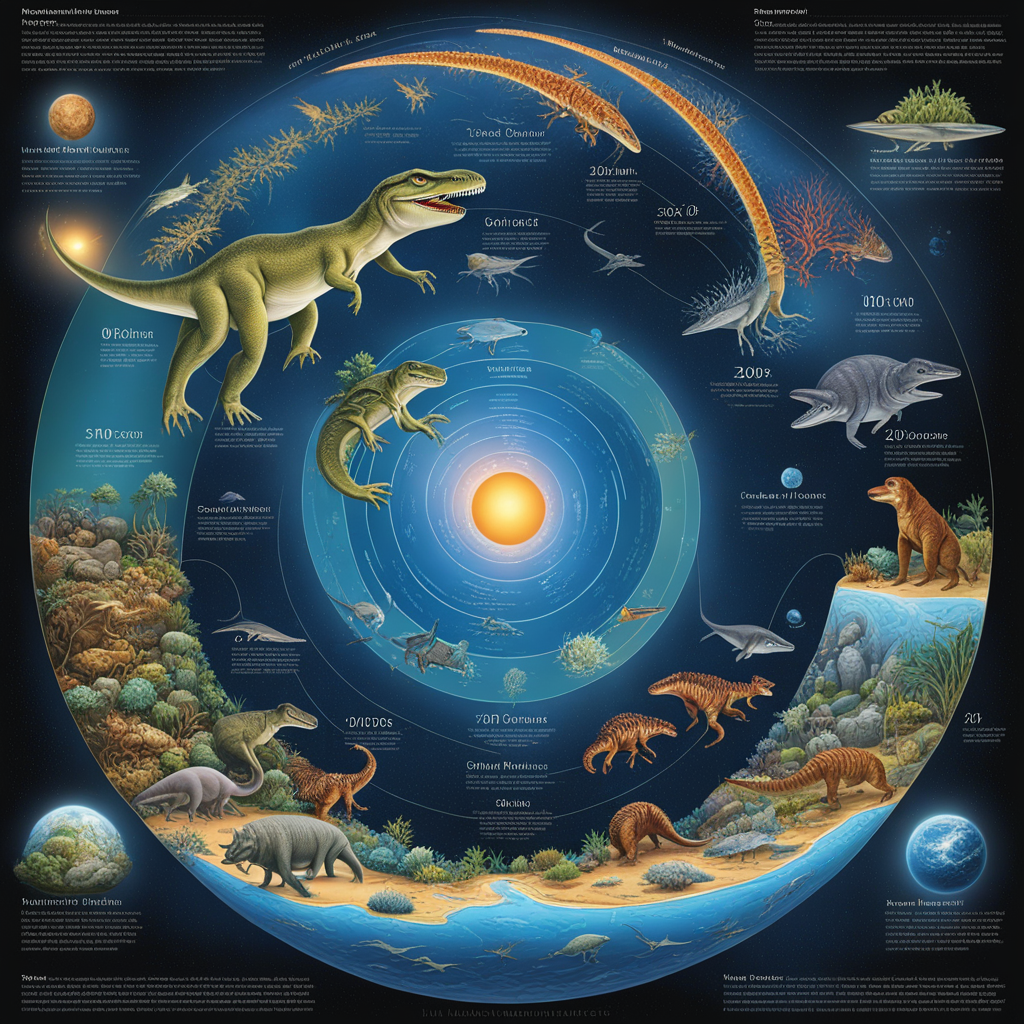
Life’s story unfolds in the primordial oceans, where amidst the ancient waters, the formation of amino acids marked a pivotal milestone. These building blocks of life, emerging through chemical processes, laid the foundational groundwork for the emergence of the earliest life forms. From these simple organic compounds, life burgeoned, taking its first tentative steps as single-celled organisms—a remarkable leap in the grand narrative of evolution.
The saga of life’s progression is intricately woven with genetic mutations and alterations in DNA structure. These genetic adaptations served as catalysts, propelling life along the winding path of evolution. Over eons, these mutations—whether caused by environmental pressures or chance occurrences—led to the diversification of species and the emergence of more complex life forms.
From the ancient seas teeming with single-celled organisms, life underwent a spectacular transformation. The evolutionary journey witnessed the emergence of multi-cellular organisms, heralding an era of increased complexity and diversity. The development of specialized cells and tissues allowed for greater functionality and adaptability, paving the way for the vast array of life forms that grace our planet today.
A fascinating aspect of this evolutionary tale lies in the shared genetic heritage among seemingly diverse organisms. Through the revelations of molecular biology, scientists have unraveled the genetic code that connects various life forms, revealing a shared ancestry. This revelation highlights the intricate interconnections between species, showcasing the unity amidst the diverse tapestry of life on Earth.
The journey through life’s evolution is a testament to the resilience, adaptability, and continual innovation inherent in the living world. It speaks volumes about the remarkable capacity of life to evolve, diversify, and adapt in response to changing environments—a testament to the ceaseless dance of evolution that has shaped the biodiversity we cherish today. This journey not only illuminates the past but also provides profound insights into the interconnectedness and unity of life, underscoring the remarkable tapestry of existence on our planet.
The Impacts of Meteorite Collisions
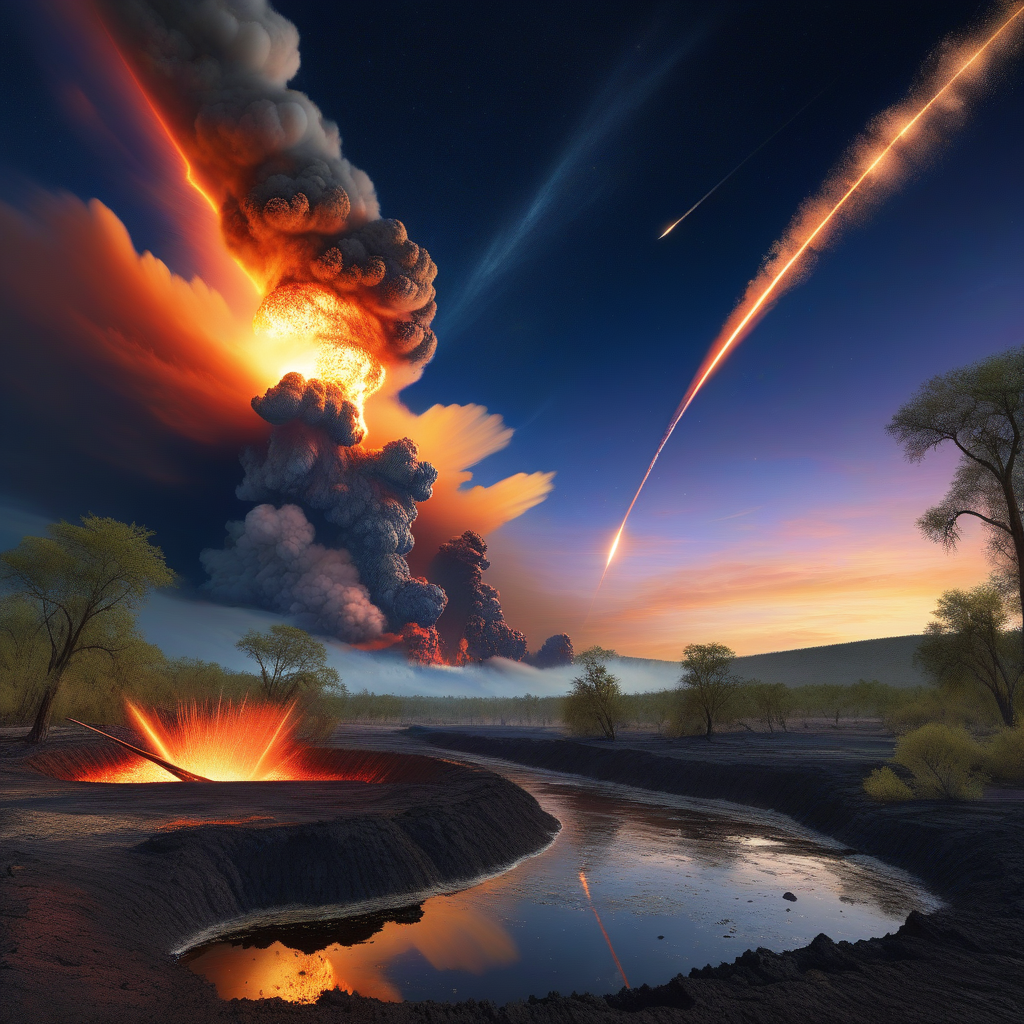
The influence of meteorite collisions on Earth has been profound and has left an indelible mark on the planet’s history. These cosmic events, ranging from massive explosions to cataclysmic earthquakes and volcanic eruptions, have had far-reaching consequences that have shaped both the environment and the course of life on our planet.
When a meteorite collides with the Earth’s surface, the impact can unleash unimaginable energies, resulting in massive explosions. These explosive events often cause widespread devastation in the immediate vicinity of impact, leading to the formation of craters and altering the landscape dramatically. The sheer force generated by these collisions can trigger seismic waves that reverberate across the planet, causing catastrophic earthquakes and reshaping the Earth’s crust.
Volcanic eruptions can also be triggered by meteorite impacts, as the tremendous energy and heat generated by the collision can disturb the Earth’s mantle and trigger volcanic activity. These eruptions release vast amounts of gases, ash, and molten lava, further altering the environment and affecting the climate.
The consequences of these meteorite collisions on living beings and the environment have been catastrophic. The immediate aftermath of such events often leads to widespread destruction of habitats, causing the extinction of numerous species unable to adapt to the sudden changes in their environment. The abrupt alteration of ecosystems and the loss of biodiversity have far-reaching implications for the balance of life on Earth.
However, amid the devastation, these collisions have also been pivotal in shaping the course of evolution. While certain species may face extinction, the aftermath of meteorite impacts creates new environmental niches and opportunities for the emergence of novel life forms. The extinction of certain species paves the way for the evolution and diversification of surviving organisms, leading to the emergence of new species that are better adapted to the changed conditions.
Throughout Earth’s history, major extinction events, such as the one believed to have occurred during the Cretaceous-Paleogene (K-Pg) boundary caused by a massive meteorite impact, have led to the demise of dominant species like the dinosaurs. However, these events have also facilitated the rise of new life forms, enabling the subsequent evolution and flourishing of diverse organisms.
In essence, while meteorite collisions have undoubtedly resulted in catastrophic consequences for life and the environment, they have also been instrumental in shaping the trajectory of evolution on Earth. Amidst the destruction, these events have acted as catalysts for change, leading to the emergence of new life forms and contributing to the ongoing narrative of adaptation and evolution that characterizes the history of our planet.
Human Actions and the Earth’s Future
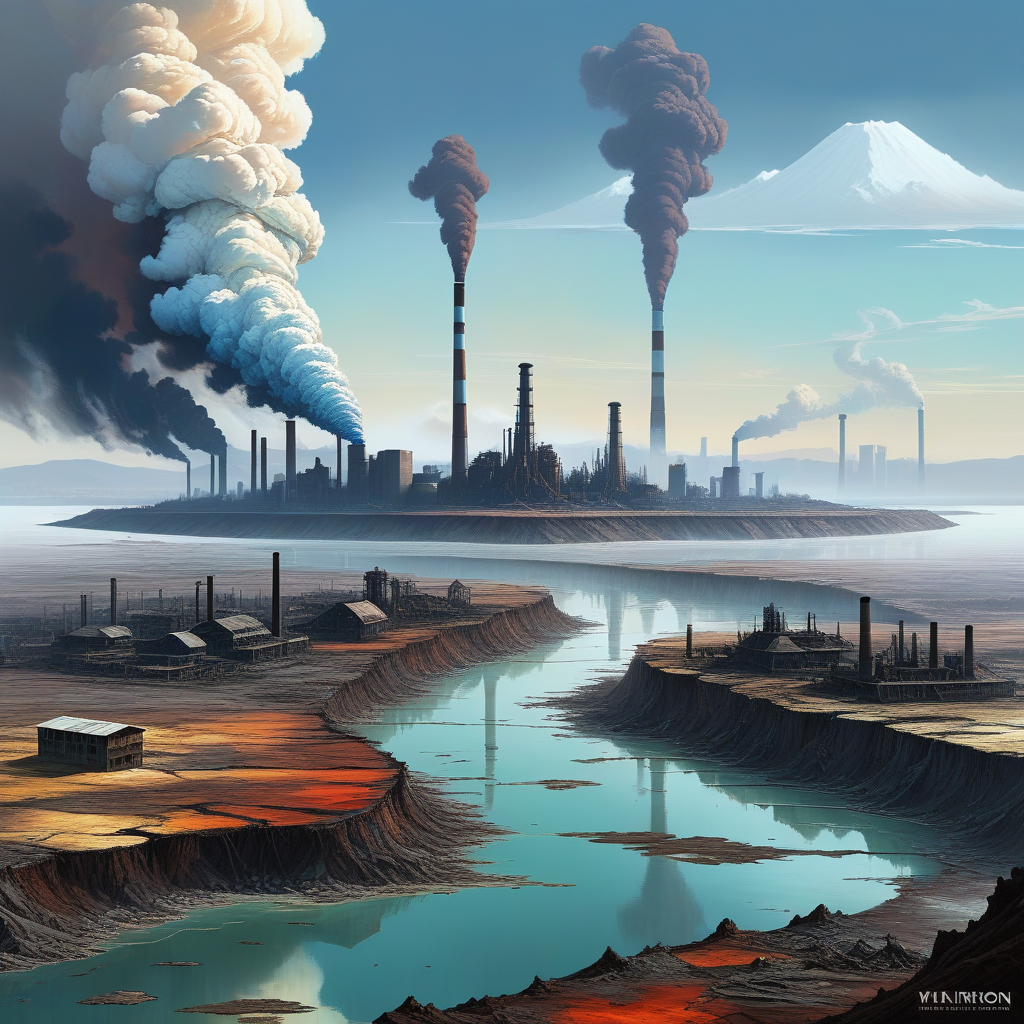
Reflect on the concerning deterioration of the Earth’s environment caused by human actions, from pollution to habitat destruction. With a poignant cautionary note, we delve into the urgent need to recognize and address the implications of our actions, emphasizing the need to safeguard our planet for future generations.
Conclusion:
As we reflect on the captivating story of our planet, we are reminded of the delicate balance between cosmic forces and human actions that shape our existence. Let’s embrace the responsibility to preserve our Earth, safeguarding its wonders and ensuring a sustainable future for all. Join us in celebrating the marvels of our planet and committing to its protection.